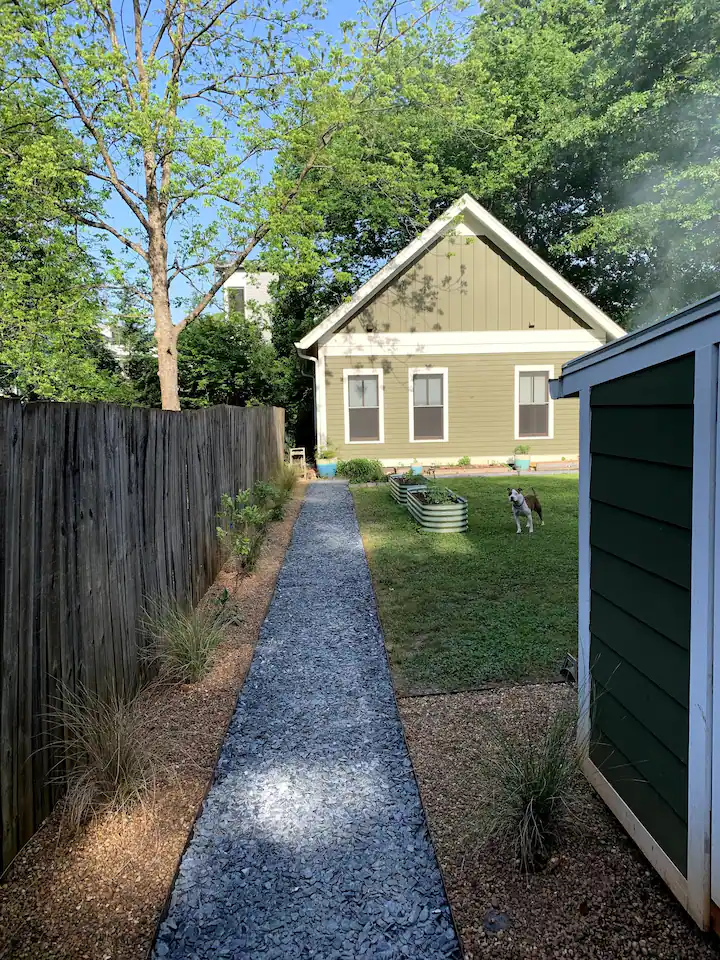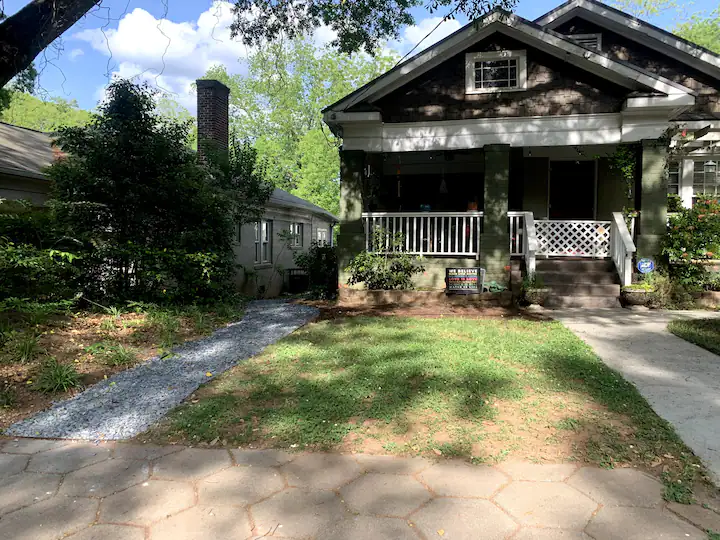Atlanta Transit, Housing, and ADUs
- David Melton
- Apr 30, 2024
- 4 min read
Updated: May 1, 2024
There is a lot of buzz around transit in Atlanta right now. The city’s first bus rapid transit (BRT), called Rapid Summerhill, is under construction. Atlanta Mayor Andre Dickens recently announced a proposal for four new infill Marta stations. And the conversation around Beltline light rail has amplified, along with its usual debate. Most would agree that we need improved transit in Atlanta, but the reality is these massive projects require substantial time and money. In regards to the new Marta stations for example, Mayor Dickens said he wants to see “some activity between now and 2030”. There has to be another way to improve transit and we believe it comes in the form of Accessory Dwelling Units (ADUs). Let us explain.

This 2bd / 2ba, 750 sft ADU in Peoplestown is two blocks from "Rapid Summerhill", which will run along Hank Aaron Dr. and connect to the Georgia State and Five Points Marta stations.
It’s no surprise that one of the best ways to improve transit is to increase ridership, which increases funding for transit operations and expansion. And one of the best ways to increase ridership is to increase density/housing near Marta stations. In other words, bring people to the transit rather than trying to bring transit to the people. This type of infill housing usually comes in the form of Transit Oriented Developments (TODs). For example, proposals like Indian Creek Village will (hopefully) replace surface level parking with a dense collection of retail/grocery, office space, walkable streets, and housing. We’d love to see this happen at every Marta station, but it will be years in the making and is largely in the hands of policy makers and developers.
The Indian Creek Station TOD is an opportunity to transform an end-of-line station into a transit oriented community.
Fortunately, housing can come in many forms, not just large multifamily or single family homes. Today about 60% of Atlanta is zoned for single family housing, which most would assume can’t support any additional development - this needs to change but we will save that for another post. The good news, however, is that 60% of single family zoning allows for Accessory Dwelling Units by right. That is a huge opportunity when it comes to creating more housing in transit supportive areas! Not only is the physical space abundant, it’s the hyper localized, incremental approach to development we love the most. According to Inc Dev Alliance, “ADUs strengthen local economies. They are to real estate development what small business is to commerce. And it helps that they are more than a little charming.”
This 2bd / 2ba ADU in Reynoldstown is 1 mile from the Inman Park Marta station. The deep lot exemplifies the physical space available for the gentle density provided by ADUs. "Gentle" because it's hidden from street view.
Another benefit of ADUs is that the City of Atlanta does not require additional off street parking. Anyone who lives in Atlanta knows the traffic is…not great. And it’s easy to assume too much traffic means too many people. While “We Full” is hilarious and I still want a t-shirt, it’s really an indictment on our roads, not our population. With 3,500 people per square mile, Atlanta ranks 143rd in population density among U.S. cities. That’s an incredibly low number of people per square mile for a major city. The problem isn’t how many people live here. The problem is how those people get around and how our planning encourages them to get around. Put simply, cars are incentivized and transit is not. ADUs help flip the script by adding gentle density, with no additional parking, that encourages transit ridership and decreases car dependence that creates traffic.
In 1940 the City of Atlanta had a density of over 8500 people per square mile. Since then, Atlanta has quadrupled in size while the population density has decreased by 60 percent. ThreadATL
So what does all this mean? No one has ever called us and said, “I want to build an ADU in my backyard to help improve Atlanta’s transit system”, and this blog likely won’t change that! What it does mean is we can spread the word about ADUs and turn 100 ADU permit applications into 1,000, into 10,000. Expanding Marta, changing zoning, reducing parking requirements, and transit oriented developments should absolutely happen. Thankfully there is momentum in those areas and examples around the country to emulate. The advantage that ADUs have, however, is they are legal and achievable right now in a third of the city’s footprint, and so many people are thinking about housing their aging parents or kids, creating additional income, or a better work-from-home environment. An ADU can serve their needs while also serving a greater good - infill housing that supports transit and ultimately creates a more vibrant community here in Atlanta.

This 1bd / 1ba, 504 sft ADU in Inman Park is half a mile from the Inman Park Marta station.
Help us spread the word! If you or someone you know is considering an ADU, we’d love to chat. We offer turn-key services for our pre-designed ADUs. We will include everything from surveying, zoning, site planning, obtaining permits, construction, all the way to project completion. Contact us below.










Comments